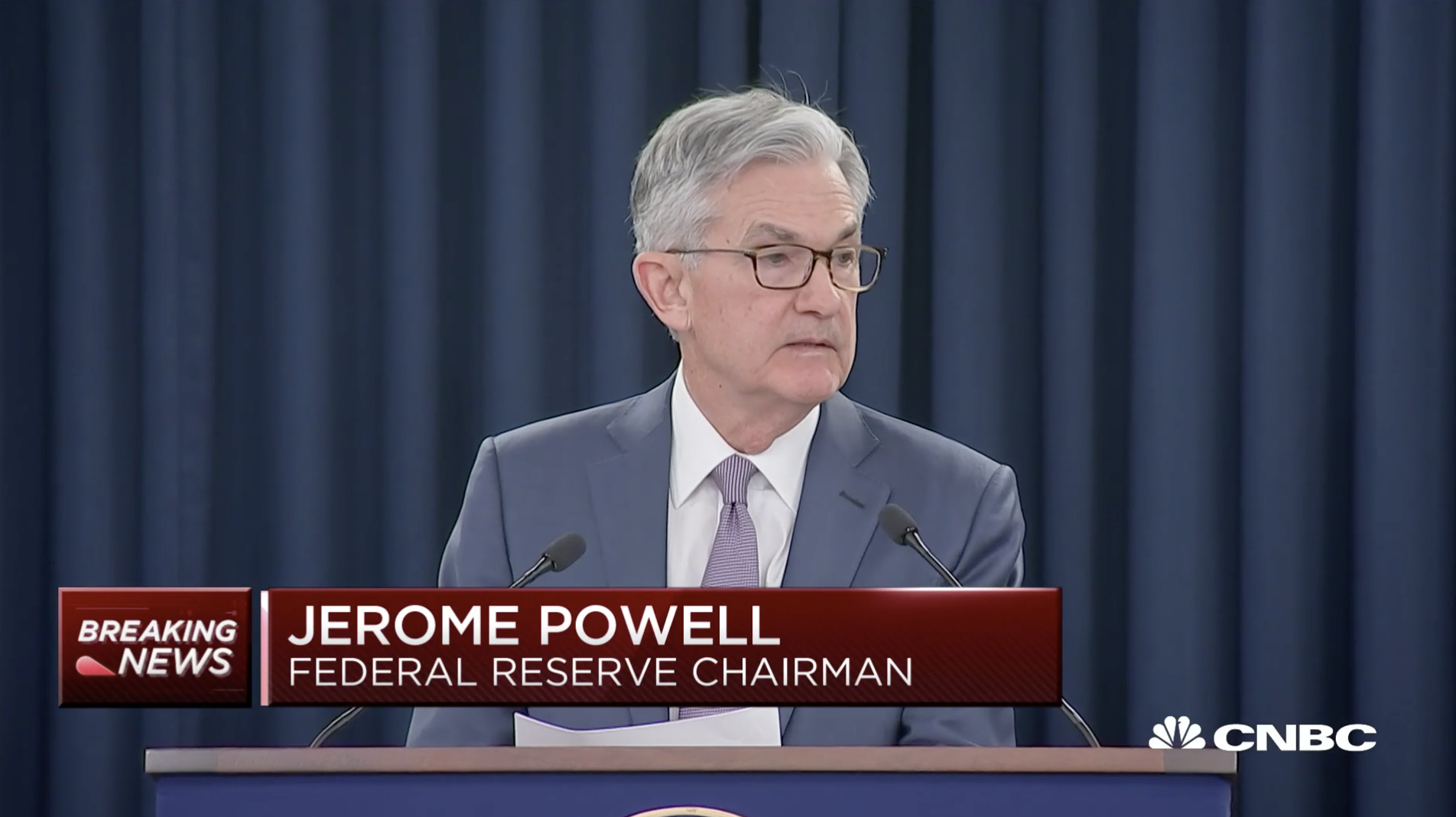The Federal Reserve voted unanimously to cut interest rates on Tuesday in an attempt to head off economic damage caused by the coronavirus. It is the largest cut since 2008.
Here’s a look at how people are reacting to the vote – and what they’re saying it means for homeowners.
Dr. Lawrence Yun, Chief Economist at the National Association of Realtors, said:
“The coronavirus has quickly upended global economic expansion and introduced the significant uncertainty of a possible recession. Today’s interest rate cut is therefore an appropriate response to changing events. The real estate sector will hold up very well because of the rate cut. Hesitant homebuyers will be enticed to take advantage of low interest rates. Commercial property prices will rise due to higher returns than can be had from the bond market after adjusting for risks.”
The Wall Street Journal says it may be time to refinance – if you haven’t already:
The average rate on a 30-year fixed mortgage rate is 3.45%, according to Freddie Mac. The yield on the 10-year Treasury note—which has hit record lows in recent days—is used as a benchmark for different types of loans, including mortgages.
Falling interest rates could also mean it is a good time to consider refinancing. With rates trending down, whether it makes sense to refinance a mortgage now comes down to a host of personal factors. Black Knight Inc., a technology and data firm, reported that refinancing activity has nearly doubled over the past three quarters.
The Fed’s previous rate cuts sparked a spending streak among U.S. households, including boosting the mortgage market to its highest level since the financial crisis.
CNBC agrees:
The economy, the Fed and inflation all have some influence over long-term fixed , which generally are pegged to yields on U.S. Treasury notes.
As a result, mortgage rates are already substantially lower since the end of last year.
That means that if you bought a house last year, you may want to consider refinancing, which would save the average homeowner about $150 a month.
Bankrate takes note of what it means for homeowners with adjustable rate mortgages:
Variable-rate loans, such as ARMs and home equity lines of credit (HELOCs) track with the Fed funds rate, so those borrowers come out ahead when rates drop.
A drop in the federal funds rate by 25 basis points means a 25-basis point drop in variable rates, as well. Usually, borrowers will see a change in their lender statements the month after the Fed lowers rates.
“To quantify this, on a HELOC of $100,000, every change of 0.25 percent in interest rate (either upwards or downwards) will cause a borrower’s interest expenses to rise or fall $250 per year. As this works out to only about $21 per month, it should not have a very significant impact on most borrowers unless they have a very large HELOC,” says Daniel Shlufman, Mortgage Banker at Classic Mortgage LLC.
Those with variable-rate mortgages might not see an immediate change to their bill from any rate cut. Such loans typically adjust annually on their anniversary dates. Some don’t adjust at all for the first two, three, five or even seven years.
Here is what they’re saying on Twitter:
And the same thing could happen tomorrow north of the border:
